Bitcoin and Inflation: It’s complicated
Bitcoin and Inflation: It’s complicated
The world of finance was eagerly awaiting the publication of the latest inflation numbers in the US. Last Friday they were published and oh boy were they high. The consumer price index (CPI) for all items in the US rose 6.8% in the 12 months through November. This is the highest number in the last 40 years.
In the wake of the CPI numbers’ publication, Bitcoin immediately rose by about 2% only to erase the gains shortly after. Given the fact that Bitcoin is increasingly seen as an inflation hedge, it seemed only naturally that the cryptocurrency would rise in value. But why did it cede its gains so quickly?
Some crypto traders might have already anticipated that the high inflation rate will serve as an additional motivation for the US central bank to cut back on its monetary stimulus and accelerate its tapering strategy. Consequently, this would lower the liquidity and tighten the conditions in financial markets – a situation that is orthogonal to Bitcoin’s fiat-denominated price.
With its absolute digital scarcity built in, the crypto asset seems like the perfect inflation hedge. As time goes on, it is indeed not unlikely that Bitcoin will one day exhibit the characteristics of a well-working inflation hedge. Currently though, there is no denying the fact that Bitcoin is still a speculative asset that behoves to its own adoption cycle that seems to be far from finished. By comparing Bitcoin’s market cap to that of gold, the most established inflation of today, the crypto asset still has a 10x to go. Borrowing from the famous Bitcoin commentator Robert Breedlove we can say: Today, because of its volatility profile, Bitcoin is desired as one of the ultimate risk-on assets that will develop into the ultimate risk-off asset according to its fundamental value proposition.
Regulation and Innovation: Finding the right balance
The United States’ most popular crypto exchange Coinbase has finally launched a yield earning program, where users can use stablecoins to earn a yield by having them deployed to decentralised finance protocols. As Coinbase has announced, the product will be available to customers in over 70 countries.
This recent launch could easily be considered an affront by the US regulator. A few months ago, the Securities and Exchange Commission (SEC) discouraged Coinbase from starting the same product in the United States. The regulator even warned Coinbase that it would sue the crypto company over this product called Lend. This way not taken well as Twitter comments by Coinbase’s CEO Brian Armstrong indicated. The recent launch for non-US customers could therefore be interpreted as a sort of revenge taking on the side of Coinbase.
Such regulatory arbitrage enabled by the fact that various nation states have been handling crypto differently is generally not welcomed by policy makers and regulatory bodies. This is why the IMF has just recently issued a call to action on its internal blog. In it, the Financial Stability Board that includes all the major G20 economies, is advised to develop a global framework to standardise the regulation of crypto assets. The goal is to create a comprehensive and coordinated approach to managing risks to financial stability and market conduct that can be consistently applied across jurisdictions. By establishing such a framework, the potential for regulatory arbitrage – i.e. moving activities to jurisdictions with easier requirements as in the case of Coinbase – shall be minimised.
With these intentions stated clearly and officially, it will be interesting to see whether such a globally harmonised regulatory framework can be enacted. After all, nation states today need to balance the fine line between proper regulation and welcomed innovation.
Forget Facebook, Libra or Diem? It’s about Meta and Novi now
Although Twitter recently lost its Bitcoin-focused CEO Jack Dorsey, the company still seems to be committed to crypto assets like Bitcoin and Ether. After all, the social-media focused tech company got involved with NFTs and enabled Bitcoin tips. Following the rapid strides of Twitter, Facebook (now called Meta) has now finally also launched its first real crypto-related offering.
In a pilot, a limited number of WhatsApp users in the US are able to send and receive stablecoins from within a chat. As indicated, sending and receiving money should work just as easily as sending and receiving a message. The stablecoin used for the payments is Pax Dollars (USDP) that represents a cryptocurrency that is pegged to the US dollar and issued by a company called Paxos.
Enabling this feature is Meta’s digital wallet software called Novi that was formerly known as Calibra. Calibra itself was part of the original Libra approach to launch a multi-currency backed stablecoin. After these plans were officially announced in June of 2019, Libra rebranded to Diem in December of 2020, with the goal of launching in 2021. To this date though, no Diem coin has hit the market yet and it seems like that Novi is indeed the first real product that has been launched.
With Facebook changing its name and course, it looks like the company is eager to find its place in the fast-changing digital world. After all, the emergence of Web3 is slowly turning things upside down. Furthermore, investigations and discoveries like this recent one, unearthing the fact that traditional social media applications like WhatsApp are still used for surveillance will certainly drive people into the new world of decentralisation. Just as with communication, people will turn their back to apps that have the option to spy on their financial activities.
CBDC: An opportunity for emerging markets?
A recent report done by the Official Monetary Financial Institutions Forum (OMFIF) and G+D, a German company focusing on banknote and securities printing, smart cards, and cash handling systems, yield interesting results: While a majority in emerging countries (Nigeria and Indonesia were looked at for the report) is fond of using a CBDC, in developed countries (residents from Germany and the US were surveyed) less than 25% state that they would be using this new form of money.
The reason for this dichotomy might come down to the following fact: Most emerging market consumers still lack access to financial services such as efficient payments options. This is not the case for developed nations, where citizens already have many established payment facilities. As they can be considered overbanked, they might not feel the urge to use newly established CBDC. Interestingly enough, awareness of digital currencies is also much higher in emerging markets: in Nigeria or Indonesia, more than 40% of the surveyed people are familiar with the concept of CBDCs. In the US, this number is only 15%.
This is also why the central banks of these emerging market countries seem to be eager to seize the chance at hand. As one of the first actors ever, the Eastern Caribbean Central Bank has launched its DCash in March of 2021. This CBDC is an electronic version of the Eastern Caribbean dollar and will now be rolled out to more Caribbean countries such as Dominica and Montserrat. Soon thereafter, the CBDC shall be available in seven nations that are part of the Eastern Caribbean economic bloc.
Also, the central Asian country Kazakhstan is said to test a national digital currency. As a matter a fact, the prototype of this CBDC has been completed and the final report on the results of this pilot project is set to be published on 15 December 2021. Not an emerging market country in the real sense of the word but still planning on offering a digital Dinar through a digital payment platform is the central bank of Bahrain.
Market Update: Cleansing out the leverage
On December 4th the Bitcoin price experienced quite a significant drop. In just one day, the price fell by nearly $9,000 and wicked down to $42k because of thin liquidity. Reaching these low levels, buyers stepped in to scoop up the Bitcoin they believed to be getting for a cheap price. In a matter of hours then, the price recovered to above $48k, where it has now hovered around for a few days.
This sharp downward correction was due to a so-called liquidation cascade. Bitcoin futures contracts worth $5.4 billion were liquidated. Before the December 4 price correction, leverage in the bitcoin market was indeed near its all-time high. This was shown by the outstanding open interest in Bitcoin’s future and option markets. Also, the correction has followed a period of prolonged positive funding rates. This goes to show that Bitcoin traders that were long have been paying the shorting trader side for quite some time.
The December 4th price correction surely washed some of the leverage out of the crypto markets. This is generally a good sign and creates fertile ground for another rally. The question is: Has enough leverage been washed out in order to turn bullish again in the short term? Especially for the second largest cryptoasset ether, the funding rates of its futures contracts are still positive, and the open interest is still relatively high. Should ether correct a bit more, other altcoins would be in for another strong correction as well.
Share post
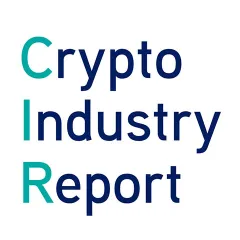
Auch interessant
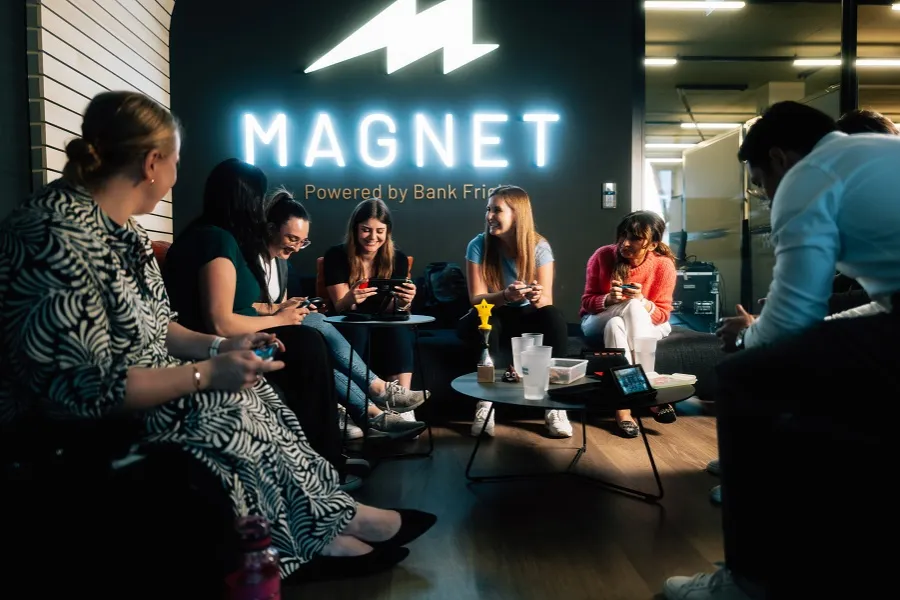
Bank Frick spielt mit Angebot für Mitarbeitende in der Champions League
Mit Space 4U hat Bank Frick einen Ort geschaffen, an dem Mitarbeitende abteilungsübergreifend zusammenkommen, Neues ausprobieren und einander gegenseitig inspirieren. Ob Sport, Kreativität oder gemeinsames Erleben: Das Angebot ist vielfältig und wird von den Mitarbeitenden aktiv mitgestaltet. Ein multifunktionaler Raum bietet moderne Trainingsmöglichkeiten und Platz für den kreativen Austausch. Fachleute sind sich einig: Damit nimmt Bank Frick schweizweit und in Liechtenstein eine Vorreiterrolle ein.

Bank Frick verlängert Sponsoring des LieMudRuns um fünf Jahre
Fast alle Tickets für den diesjährigen LieMudRun waren ausverkauft. Aufgrund der anhaltend hohen Nachfrage und der grossen Beliebtheit des Hindernislaufs verlängert Bank Frick ihr Sponsoring um weitere fünf Jahre.

Bank Frick gewinnt zwei Goldene Delfine in Cannes
Bank Frick holt mit ihrem Unternehmensfilm «Wir machen das anders» an den Cannes Corporate Media & TV Awards 2025 gleich zwei Auszeichnungen.
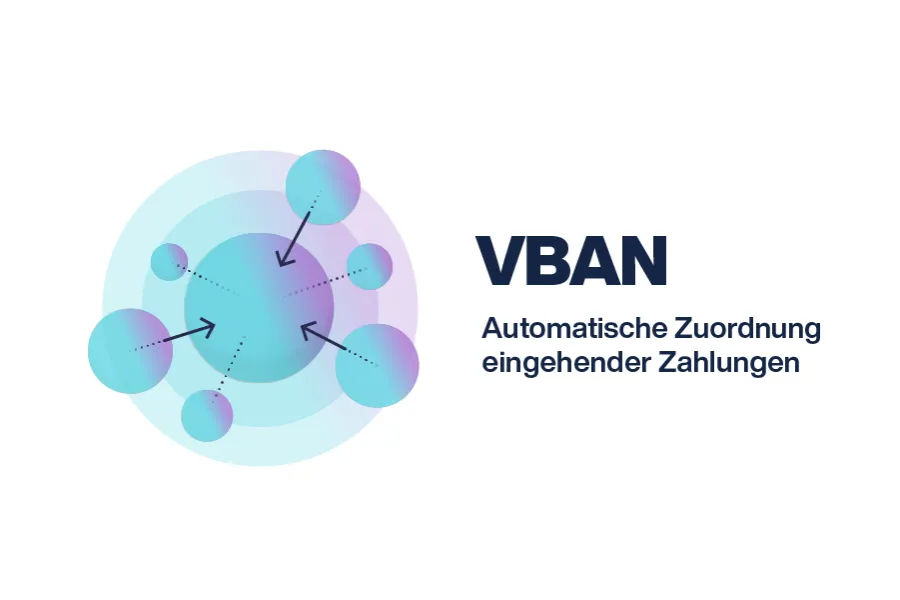
Bank Frick vereinfacht Zahlungen mit VBAN-Service
Bank Frick lanciert einen virtuellen IBAN-Service, der eine automatisierte Zuordnung von Zahlungen ermöglicht: Virtuelle IBANs (vIBANs) verknüpfen Endkundinnen und Endkunden eindeutig mit dem Zahlungseingang. Gerade für digital ausgerichtete Unternehmen bietet das mehrere Vorteile.
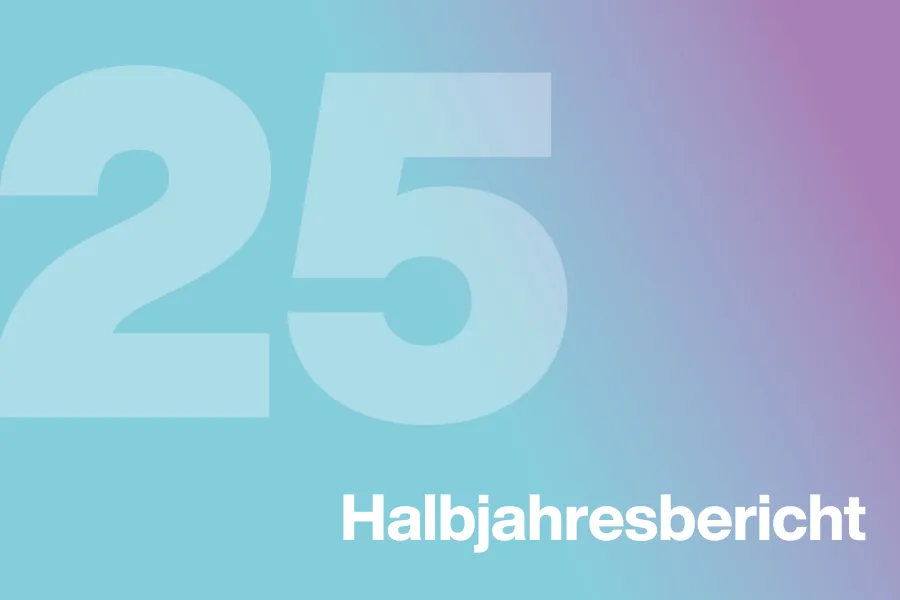
Bank Frick erwirtschaftet Reingewinn von 4,5 Millionen Franken
Bank Frick hat im ersten Halbjahr 2025 einen Reingewinn von 4,5 Millionen Franken erzielt. Sie erreicht damit ihre Budgetziele und erwirtschaftet stabile Erträge in einem schwierigen Marktumfeld. Die Entwicklung bestätigt den eingeschlagenen Kurs: Bank Frick hält am Ausblick für einen Jahresgewinn von 9 Millionen Franken fest.

Wie Blockchain die humanitäre Hilfe verändert
Geldtransfers aufs Smartphone, Kryptospenden und Echtzeit-Tracking von Hilfsgütern: Die Art und Weise, wie humanitäre Hilfe Bedürftige erreicht, wandelt sich fundamental. Möglich macht das Blockchain-Technologie, die Fortschritt schafft, indem sie Verwaltungskosten senkt oder die Transparenz erhöht.

Bank-Frick-Stipendium an der Universität Liechtenstein vergeben
Bank Frick vergibt erneut ein Stipendium zur Teilnahme am CAS Blockchain und Fintech an der Universität Liechtenstein. In diesem Jahr geht dieses an Sabrina Zimmermann aus Bad Ragaz. Sie hat sich unter den acht Bewerberinnen und Bewerbern durchgesetzt und kann kostenfrei am Programm teilnehmen.

Bank Frick erweitert digitales Handelsangebot mit Sponsored Access zu RULEMATCH
Bank Frick erweitert ihr Angebot im Bereich des digitalen Handels und bietet institutionellen Kundinnen und Kunden exklusiven Sponsored Access zu RULEMATCH, einer der weltweit schnellsten Handelsplattformen für Kryptowährungen.

Talk mit CEO Edi Wögerer auf SRF und TVSO
Seit 25 Jahren bei Bank Frick: Edi Wögerer blickte im Interview mit «Südostschweiz Standpunkte» auf seine Karriere zurück. SRF strahlte den Talk «Edi Wögerer - Banker wider Willen, aber mit Erfolg» am 1. Juni zum ersten Mal aus.
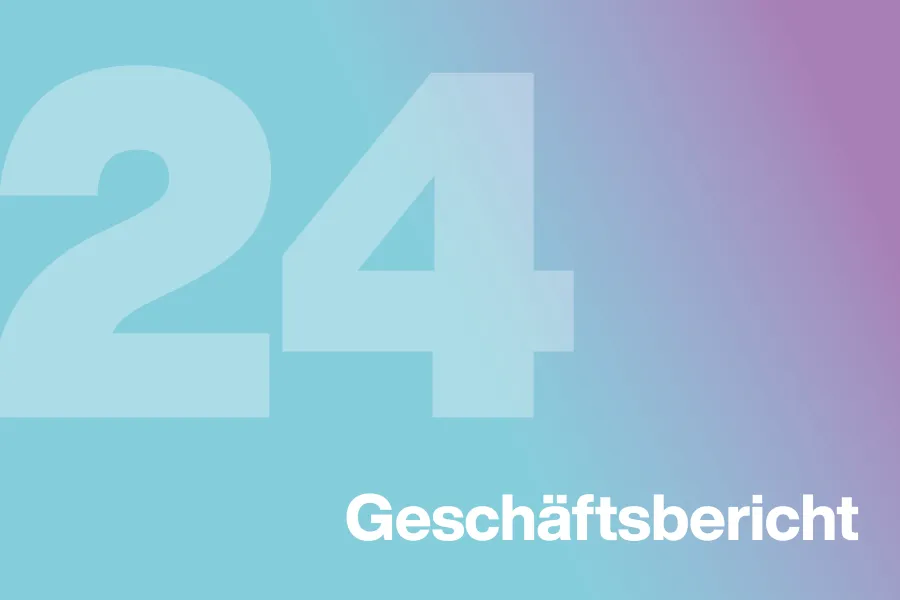
Bank Frick erzielt gutes Jahresergebnis von 9,5 Millionen Franken
Mit einem Reingewinn von 9,5 Millionen Franken erreichte Bank Frick im Geschäftsjahr 2024 ein gutes Ergebnis und setzte ihre Wachstums- und Investitionsstrategie fort. Positiv entwickelte sich neben dem Netto-Neugeldzufluss von 732 Millionen Franken auch das verwaltete Kundenvermögen, das ein starkes Wachstum von 37,62 Prozent verzeichnete.